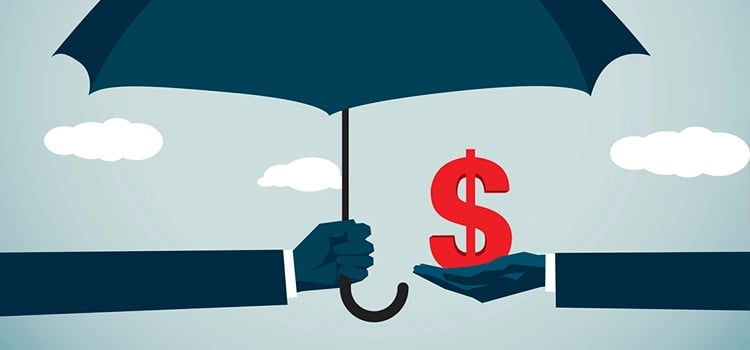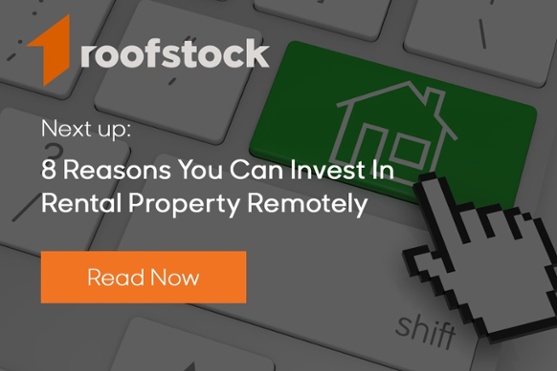Becoming a rental property investor can be a little daunting for the uninitiated. But over time, you’ll learn through experience and adopt best practices that make the process more efficient, routine and rewarding.
And that’s when the real fun begins. When you master the transactional aspect, you’ll gain the confidence and know-how to focus more energy on growing your nest egg.In this article, we’ll cover some key tips to help jumpstart your business and turn you into a shrewd rental property investor in no time.
1. Have a Plan
This is especially important to avoid the very common 'analysis-paralysis’. By writing down clear objectives and actionable steps, you’ll be poised to move quickly when you spot an opportunity that meets your criteria. For example: Do you care more about current cash flow, or long-term appreciation? Do you want to buy a place that you or a family member may want to live in someday, or is this a pure investment?
Mapping out a strategy might follow a structure like this:
- Goal: Generate $4-$5K in monthly rental income to support retirement
- Strategy: Invest in 10 rental properties over 15 years
- Plan:
- Come up with a $40,000 down payment to buy investment property #1
- Start saving net monthly rental income to help with the next down payment
- In year 5, buy a second investment property
- In year 9, buy a third property using the operating income from your first two properties
- In year 10, refinance the first property. Put that money toward a down payment for another two houses.
- In 10 years from now, you have five homes producing about $2K a month in income
- Continue to acquire rental properties by reinvesting the net operating income
- In 15 years, you could be bringing in about $4-$5K a month by operating 10 rental properties
This is a simplified scenario. But the point is that outlining a plan helps you visualize and create actionable steps that you can stick to and execute.
2. Speaking of Plans, Consider Risk vs. Return

Real estate has a relationship between risk and return: You can’t get the higher return without accepting more risk. As a general rule, homes in less expensive neighborhoods offer the highest current yield potential, but generally come with more volatility, or risk, than more affluent neighborhoods. Consider how comfortable you are with the risk/return tradeoff when putting together your strategy.
Some investors think about investment homes along a continuum similar to bonds, ranging from AAA (lower return, lower risk, more affluent neighborhoods) to junk bonds (higher return, higher risk, less affluent neighborhoods).
Learn how to comparison shop with the Roofstock Neighborhood Rating:
3. Curb Appeal Isn't Everything

Remember to look at the investment holistically—don’t base your purchase off a single factor such as strong curb appeal or current cash flow. When evaluating potential rental properties, it's important to examine a number of fundamentals such as the market, neighborhood, the "bones" or structure of the home, potential appreciation, local economic trends and other factors that might drive rental demand in the area. Don’t pass up a property based exterior/interior looks alone as some of the most profitable rental homes don’t look that special from the outside.
4. Know Your Target Renter
Inevitably, property shopping has an emotional aspect to it. And while it’s natural to form an opinion based on personal bias and preference, remember: You’re not the one who's moving in. Instead, try see things from the perspective of your targeted renter.
Ask yourself, “Is the property I’m buying going to be desirable to some set of tenants?"
Whether it's a retiree, a group of college students, a family with kids in high school, or someone who needs to live near the airport, different things are going to matter to different people.
5. Keep a Contingency Fund

Certain costs are easy to predict. These include basic operating expenses, closing costs and other assumptions outlined in your financial pro forma such as property taxes, management fees and insurance.
However, while many properties generate attractive cash flow over the course of the year, there could be certain months that are negative if the property is between tenants or needs repairs.
To help smooth things over and avoid having to pay out of pocket during these periods, start setting aside a small percentage of your monthly cash flow into a contingency fund of about 1-2% of the purchase price.
Maintenance simply comes with the territory of rental property ownership. At the end of the day, you’re improving your asset and increasing its value—don’t forget that! Keep those receipts to show future buyers during negotiations.
Tip: If you want a specific idea of how much certain repairs or renovations might cost, check out this free tool from HomeAdvisor.
6. Act Like The CEO That You Are

Savvy investors who scale their portfolios successfully have a system in place that allows for efficient management. Your primary role as a rental property investor is to buy, hold, and sell your assets. You are the CEO of your company. Not the property manager, not the contractor, and not the lawyer. Leave that work to the pros so you can focus on making money.
In order to do this, establishing a go-to team of partners and experts is essential.
If your eyes are starting to glaze over at the thought of figuring out property management, which insurance provider to go with, market analysis, neighborhood research and other diligence required of rental property investors, consider taking advantage of modern, game-changing platforms like Roofstock that streamline the process and do a lot of the legwork for you.
7. Keep Your Business Organized
Separating your rental property business from your personal life will save you loads of time. There are a few ways to do this, and everyone will have different methods. At the very minimum, we recommend the following:
- Open a separate bank account for your rental property business. Sign up with a money management app like Mint to keep all your income and expenses organized for tax time.
- Create folders and subfolders in Google Drive or Dropbox to save closing documents, invoices, property management requests, and pretty much anything related to your business.
- Consider opening a new email account or filtering every single incoming message about your rental property into a subfolder. Creating a new email account in Gmail is particularly straight forward.
- Take advantage of cool tools: Stay in the loop with an app that lets you track your rental homes on the go and view all the important details at a glance. A few examples include RentTracker and Property Buddy.
Set these systems up early, and save yourself the headache of digging around for random documents and emails down the road. A little bit of effort at the beginning will save you unnecessary stress in the future.
8. It’s a Marathon, Not a Sprint

Above all else, remember that real estate is a long-term wealth creator that requires diligence and patience. It’s not a get-rich-quick scheme. Yes, there will be months when you feel overwhelmed, or end up with zero net cash flow. This is normal! Treat these experiences like opportunities to learn invaluable lessons that make you a better player.
Even challenging properties can turn a profit over time if you’re patient, strategic and avoid selling at the first sign of trouble.
Also keep in mind that like any investment, real estate fluctuates in value. Even if the estimated value goes down, it only affects you if you sell it while it is cheap. Finance your property responsibly so you're not forced to sell during a downturn. Many investors like to lock in fixed-rate financing to avoid situations where payments could reset down the road in the event of a higher interest rate environment.
*****
You don’t have to be a real estate guru to master rental property investing. While the bulk of your learning will happen by doing, the tips outlined in this blog post are great place to start. Lay the foundation for success now, and don’t be afraid to jump in when the time is right!












